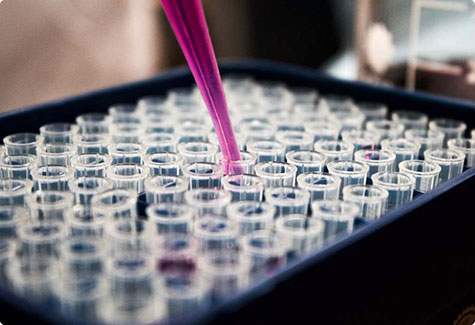NMBM-Net Group
Chair: Prof. Thomas Fuchs-Buder, University of Lorraine, Centre Hospitalier Universitaire de Nancy/Hôpitaux de Brabois, France.
Vice-Chair: Prof. Lars Eriksson, Karolinska Institutet, stockholm, Sweden
Background
Neuromuscular blocking (NMB) agents form a pivotal drug category in daily perioperative care. NMB agents improve intubating conditions, reduce laryngeal morbidity, and facilitate surgery. Hence, appropriate dosing, monitoring & reversal are essential to prevent postop residual paralysis (RP) and postop pulmonary complications (POPC). However, the incidence of RP&POPC remains still unacceptably high. Missing basic pharmacological data for some patient populations (e.g. the oldest old, the very young and the morbidly obese), incomplete understanding of the physiological consequences of RP, and poor adoption of NMB monitoring in routine clinical practice may explain the persistence of these postop complications. It is critical that NMB monitoring devices fulfill all of the clinical requirements, are easy to operate, and provide reproducible physiologic responses. Moreover, the development of machine learning algorithms to improve the reliability of monitoring of NMB and the implementation of PK/PD models allowing to predict drug effects may contribute to correct decision making and improve adherence to NMB monitoring. Such evidence can only be provided by large observational and interventional studies, which have to be performed in multiple centers in different countries.
Research Question
The link between RP and POPC is still not completely understood. The minimal threshold for acceptable recovery from NMB is still controversial, and may vary according to the monitoring technology being used. The NMB-Net will conduct observational studies, clinical trials, and meta-analyses to expand our understanding of the incidence, pathophysiology and clinical consequences of RP, to validate new monitoring technologies, to develop the required machine learning algorithms for NMB monitors, and to implement best available evidence for NMB management in daily clinical practice.
Objectives
In order to improve the management of neuromuscular blockade, and to reduce the incidence of RP as well as the incidence of POPC a selection of clinical investigators would like to establish the NMBM-Net to perform multicenter clinical studies, randomized controlled trials, and meta-analysis related to the pharmacology and physiology of neuromuscular transmission in the perioperative period. The NMBM-Net should be established to get more knowledge about the appropriate management of neuromuscular blockade and better insight into PR/POPC, including epidemiology, pathophysiology, prevention and treatment of RP and POPC. These studies should be performed under the umbrella of the ESAIC which provides an outstanding infrastructure and network required to conduct such studies.
The goals of the NMBM-Net for the next 5 years are:
- To design and conduct observational studies and clinical trials that focus on pharmacology and physiology of neuromuscular transmission in the oldest old, patient population particularly at risk to develop RP & POPC. The respective ESAIC subcommittees will be contacted to participate (subcommittee 13 & 15).
- Although there are several technologies that are available commercially (acceleromyography, electromyography, kinemyography, compressomyography), the results obtained with these different monitors are not interchangeable, and the repeatability of measurements within each of the individual technologies varies greatly. For each monitoring technology, the responses must be repeatable within a narrow range, such that correct clinical decisions can be made. The NMBM-Net will perform multi-centre clinical studies, randomized controlled trials and meta-analyses in order to better understand the limitations of current neuromuscular monitoring technologies and develop future technologies that can address current limitations. Reka Nemes and Sorin Brull from the NMBM-Net published recently in Anesthesiology a comparison between EMG and AMG based neuromuscular monitoring. ESAIC subcommittee 14 will be informed and invited to participate.
- To develop and implement in commercially available neuromuscular monitoring devices machine learning algorithms to help ignore spurious data while correctly identifying physiologic responses as well as PK/PD models allowing to predict/anticipate drug effects. The first manuscript with such machine learning algorithms has recently been submitted by Carvalho et al, and a second one with members of the NMBM-Net (Carvalho, Brull, Fuchs-Buder et al) is currently under preparation. Moreover, Carvalho, Struys MMRF et al recently submitted the first manuscript of selected PK/PD parameters of NMB agents with predictive capability. Collaboration with subcommittee 13 will be further developed. It is also essential that NMBM-Net include the young cadre of investigators, in order to ensure continued development and implementation of changes needed in current clinical research. These young researchers will be mentored to become tomorrow’s cadre of clinician-scientists that will continue this important patient safety work.






